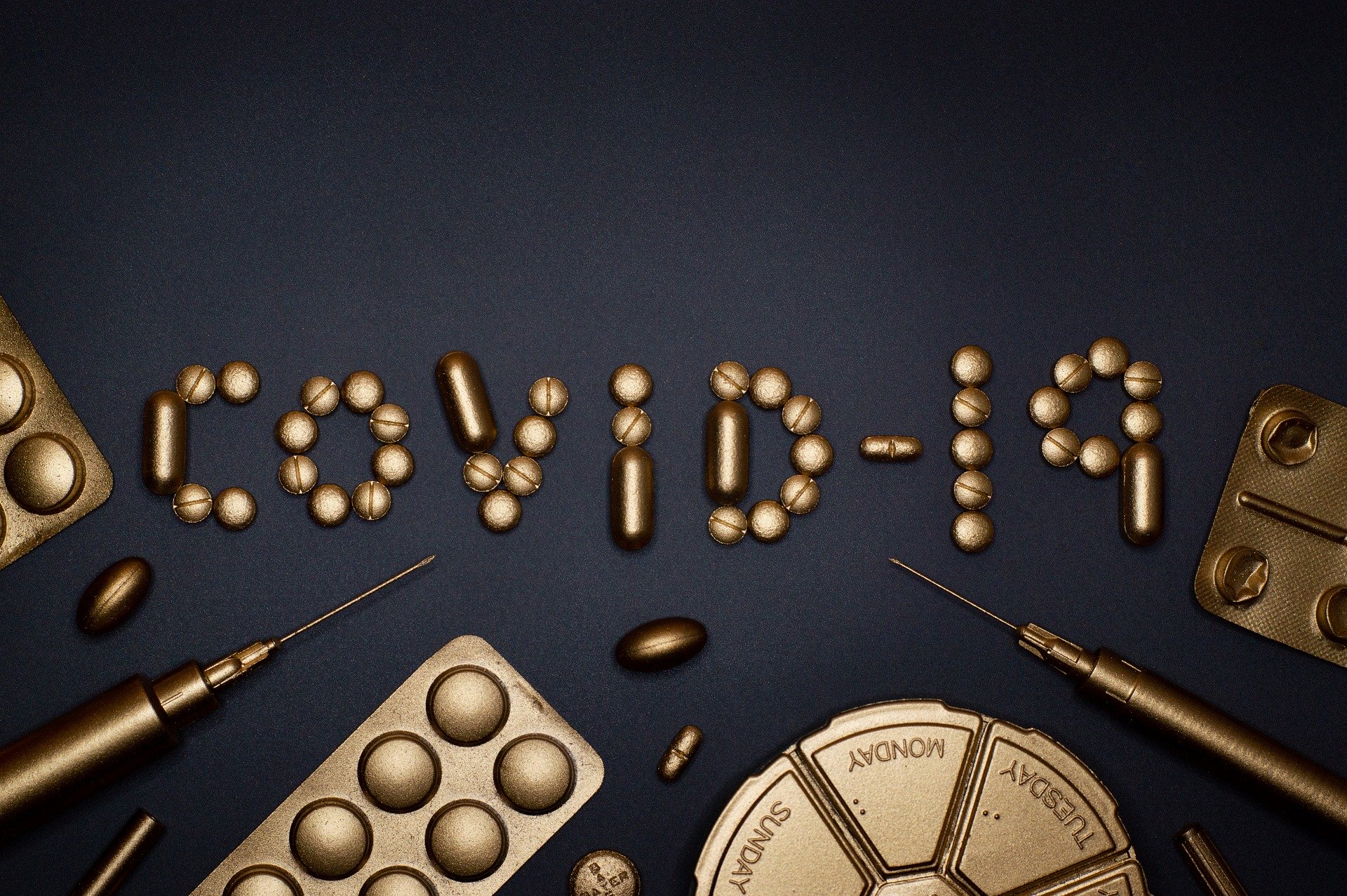
The world has been shocked by the discovery of a new virus known as SARS-CoV-2 (Severe Acute Respiratory Syndrome Coronavirus 2). This virus is known to attack the respiratory system. For the first time, at the end of December 2019, the virus was discovered in Wuhan, China. This virus can attack anyone, adults, the elderly, and even children.
Coronavirus can cause either mild or severe infections. Its symptoms are very similar to common cold, such as fever, pain, cough, nasal congestion, and sore throat. Therefore, many patients think that they only have a common cold. However, the virus can also cause more severe symptoms such as high fever, severe cough, to shortness of breath that lead to pneumonia. These symptoms can appear 3-5 days after infection. Even so, some who tested positive for COVID-19 show no symptoms. This is often found in those who are in the productive age.
The virus can spread from human to human through droplets produced when coughing or sneezing, which enters the body through the mouth, nose, or eyes. Not only that, this virus can also spread through the droplets fell on the surface of objects such as plastic, cardboard, copper, and stainless steel. According to the results of studies published in The New England Journal of Medicine, coronavirus can survive on objects made of copper for up to 4 hours, 24 hours on objects made of cardboard, and 2-3 days on objects made of plastic and stainless steel. Also, coronavirus can even survive in the air in the form of aerosols for up to 3 hours.
Although it has now been established as a pandemic, the death rate due to COVID-19 is still below the average mortality rate caused by similar viruses, such as SARS and MERS. The risk of death is very dependent on overall health conditions. Those with old age are very susceptible to this virus—especially those who have a history of chronic diseases such as diabetes, heart, or lung disease.
Note: Washing your hands is one thing you can do to prevent yourself from the virus. Wash your hands with soap under running water for at least 20 seconds, both before and after doing activities.
Text by Anggie Triana
Stock photos from Pixabay
Source(s):
- Harvard Health Publishing - Harvard Medical School - Coronavirus Resource Center (2020). https://www.health.harvard.edu/diseases-and-conditions/coronavirus-resource-center, 30 March 2020.
- Doremalen, N.V., Bushmaker, T., Morris, D.H. (2020). Aerosol and surface stability of HCoV-19 (SARS-CoV-2) compared to SARS-CoV-1. The New England Journal of Medicine, DOI: 10.1056 / NEJMc2004973.